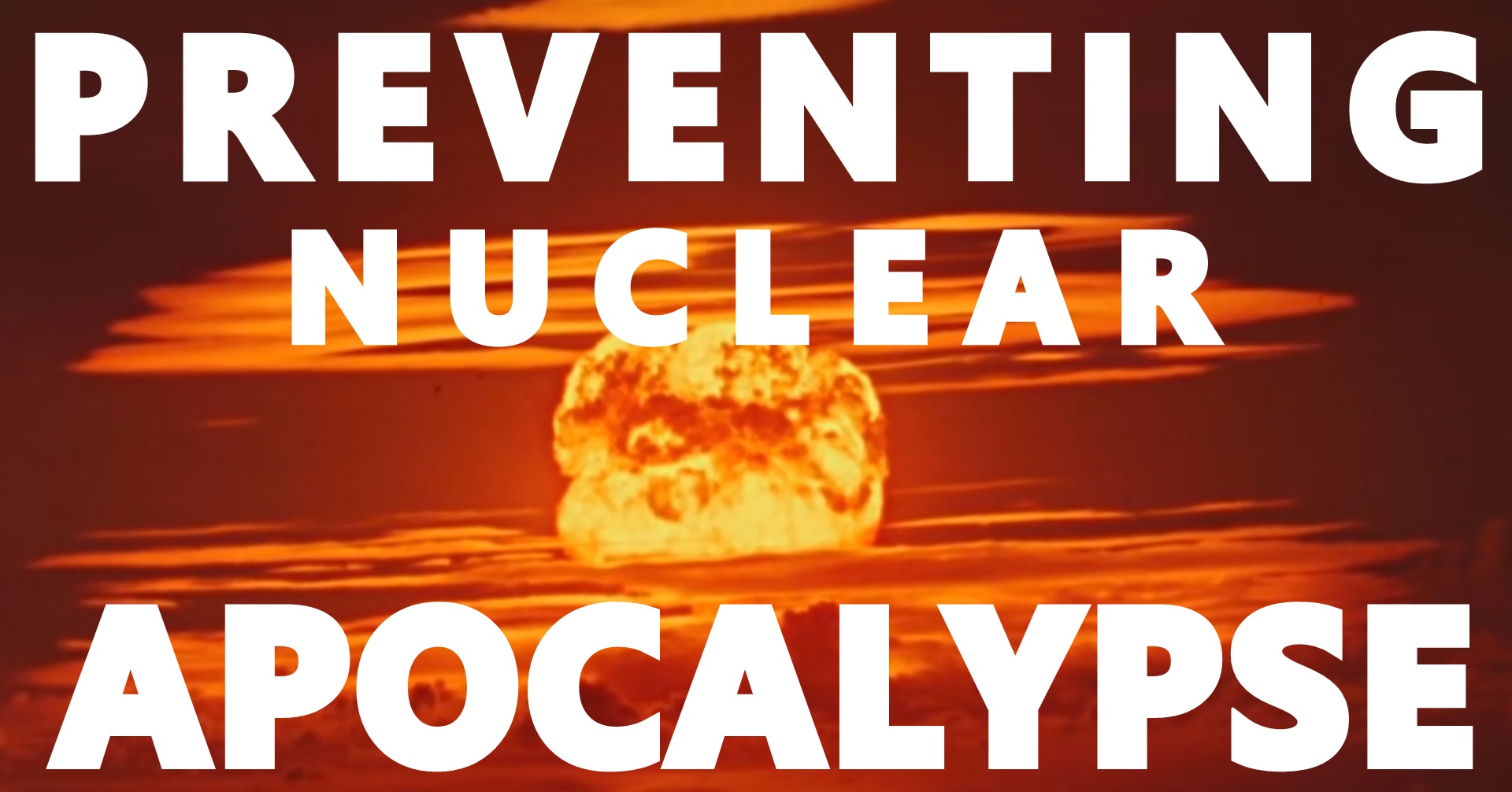
Talking Is Not Appeasement —
It’s Avoiding a Nuclear Armageddon
Harry Kazianis / Responsible Statecraft
(October 3, 2022) — US foreign policy is filled with overused and tiresome cliches designed to resonate with a preferred partisan audience. For example, hawks like to label any resistance to aggressive strategy “appeasement,” or say that world leader X is “weak” or Y politician has “no strategy” towards whatever the foreign “threat” of the day may be.
We hide behind these phrases and tropes and often substitute toughness and machismofor what is needed most of the time — and that’s talking, complicated negotiations, and compromise.
All of this is precisely what is happening today with regard to Russia’s war of aggression against Ukraine and why the United States and its allies won’t do the one thing that might help end the bloodshed: talk to Moscow.
Clearly, Washington and its allies should be finding ways to open up communications with Russian President Vladimir Putin to try to end the fighting — as hard and politically difficult as that will be, given his latest annexation of Ukrainian territory and jeremiad lambasting the United States and the West on Friday. But it is nonetheless clearly in our national interest to do so. Right now, new sanctions and even a new US-led military command are being set up for the long, hard slog, but what about back-channel diplomacy?
In fact, it seems that tensions are rising by the second.
Considering the stakes — among them, the possibility that Russia will feel so boxed in that it will turn to its arsenal of 6,400 nuclear warheads and try to end the Ukraine war on its own terms despite the risk of a nuclear holocaust — one would think talks would already be happening as we speak.
Sadly, due to the Western narrative that Ukraine is “winning” the war against Moscow, the Biden administration appears to believe it can put enough pressure on Putin with more weapons for Ukraine that he will give up his newly annexed territories and go home with his atomic tail between his legs.
But Kyiv does not have the manpower, resources, or overall military capability to win anything right now. Yes, they have been successful recently as the Biden Administration is flooding them with weapons from our own military stockpiles like the HIMARS rocket system and other precision-strike platforms while giving Ukraine’s soldiers a crash course on how to use them.
This means Washington is literally conducting a proxy war with Russia, and the pressure will mount daily to give Ukraine more and more advanced weapons to keep what is amounting to a war of attrition going.
Here is where we enter dangerous waters. I have fought more than thirty combat simulations in wargames under my own direction for a private defense contract over the last several months, looking at various aspects of the Russia-Ukraine war, and one thing is clear: the chances of a nuclear war increase significantly every day that passes.
In every scenario I tested, the Biden Administration slowly gives Ukraine ever more advanced weapons like ATACMS, F-16s, and other platforms that Russia has consistently warned pose a direct military threat.
While each scenario has postulated a different point at which Moscow decides to use a tactical nuclear weapon in order to counter conventional platforms it can’t easily defeat, the chances that Russia uses nukes grow as new and more powerful military capabilities are introduced into the battlefield by the West.
In fact, in 28 of the thirty scenarios I have run since the war began, some sort of nuclear exchange occurs.

The good news is there is a way out of this crisis — however imperfect it may be. In the two scenarios where nuclear war was averted, direct negotiations led to a ceasefire. The Biden Administration and its NATO allies should be testing Putin’s recent comments about a ceasefire to test his seriousness.
While Kyiv might not want a cessation of hostilities, thinking it can somehow regain not only territories lost this year but Crimea as well, it should be reminded that US and NATO weapons are what has enabled and turbo-charged its resistance.
Kyiv must also understand that there are no guarantees that it can sustain its momentum against a Russian military that still has them outmanned and outgunned — and that it is not in the US interest to continue bankrolling another forever war with no end in sight.
Next is the hard part: what does a settlement actually look like? To be frank, it could take many months or years to hammer out any agreement, and it might not even take place until Putin leaves office as he may have politically painted himself into a corner.
Nonetheless, the possibility of nuclear war demands that the West try to seriously explore what may be possible. Clearly, Ukraine cannot join NATO as Russia would be most unlikely to accept such an outcome given that preventing Ukraine from joining the alliance was the casus belli initially cited by Putin for his invasion.
However, offering up front that Ukraine will never join NATO — removing one of Russia’s great geopolitical fears — as leverage could get the diplomatic ball rolling. While Kyiv put in a formal bid tojoin the alliance on Friday, it simply cannot happen, no matter how much Ukraine complains publicly or in the media.
From there, things will get more difficult, and there is no guarantee a ceasefire deal can be struck. In fact, Ukraine could end up one giant “frozen conflict” — like many othersRussia seems to have created and let simmer over the last decade or so. And while no one wants to see that happen, one can argue that it would undoubtedly be better than a slow and steady march toward nuclear war in which billions of people could perish in the process.
Posted in accordance with Title 17, Section 107, US Code, for noncommercial, educational purposes.